The content of the article
Modern people have become more knowledgeable, as information for acquaintance on any topic has become absolutely accessible. Now a person often looks on the Internet to find out about the symptoms of a disease. From there he learns about the dangers of antibiotics and their aggressive effects on the human body.
When the first antibiotic (penicillin) was first discovered, people started talking about a breakthrough. This was a breakthrough, now mankind has ceased to die out of typhus and dysentery. Over time, we began to see both sides of the coin. An antibiotic is the strongest group of drugs that can suppress the development of dangerous bacteria in the body. Along with harmful antibiotics, they kill many beneficial bacteria that we need for the normal functioning of the body. Antibiotics should not be taken without a doctor's prescription. Some common diseases (for example, ARVI) are not treated with antibiotics, the virus is simply not sensitive to it. Here, an antibiotic can be not only useless, but also dangerous, because the body is suppressed by the strongest drugs in vain. Here are a few side effects that antibiotics can cause.
The consequences of taking antibiotics
Many doctors, when prescribing an antibiotic, take into account the benefits of the action of the drug in relation to the possible harm from its administration. That is, antibiotics are taken only in serious cases when recovery is impossible or fraught with complications without them. Often, taking antibiotics is accompanied by additional drugs that are designed to combat the consequences of the main treatment. So, taking antibiotics is often characterized by the following side effects.
- Since good bacteria die along with bad bacteria, the intestinal microflora completely dies. This often leads either to diarrhea and gas formation, or to severe constipation.
- Microflora can be disturbed in the vagina. Because of this, after antibiotics, a woman often begins candidiasis.
- Antibiotics destroy immunity in whole or in part. That is why many doctors are prepared for the fact that after taking strong antibiotics, the patient often gets sick again.
- Antibiotics affect the work of the liver, since it is the main blow that affects it.
- If you take the antibiotic orally, that is, in tablets, it can often provoke gastroenterological problems. It is better to take medicine by injection.
In addition, antibiotics, like other drugs, can cause individual intolerance and cause an allergic reaction in the form of a rash, swelling and redness.
How to take antibiotics without harm to health
For a medicine to be truly effective and safe, you need to take it, observing some rules.
- An antibiotic can be taken only as directed by a doctor! Self-medication can be useless and dangerous.
- The antibiotic is taken on a clock basis. That is, if you are prescribed 2 times a day, you need to take it every 12 hours. If three times a day, then every 8 hours. Usually, the appointment is scheduled for 10 pm, 6 am and 2 pm. This provides the right amount of dosage in the body at any time of the day.
- Drink the antibiotic with plenty of water. It is water, not juice, compote or milk.
- Antibiotics should be accompanied by probiotics. They restore the affected bacteria in the intestines and normalize the microflora.For the same purpose, you can drink bio-yogurt and kefir, they also have a lot of living bacteria.
- Antibiotics can not be accompanied with a plentiful meal, otherwise the effect of the drug will be reduced. At the same time, the antibiotic should not be drunk on an empty stomach, since its aggressive effect can damage the mucous membrane. It is best to drink an antibiotic an hour after eating.
- If you are taking this type of antibiotic for the first time, you must definitely do a test for an allergic reaction. In this case, a small portion of the drug is administered to the patient, and only in the absence of reaction after 15 minutes the patient can receive the full dose prescribed by the doctor.
- It is very important not to cancel taking the antibiotic yourself. Even if you feel better on the third day, you should not stop taking the medicine, otherwise the remaining bacteria will become active again, and the disease will resume with renewed vigor. The minimum antibiotic treatment time is 5 days, the optimal is 7-10 days.
- While taking antibiotics, citrus fruits and freshly squeezed fruit juices should be discarded - acids can reduce the effectiveness of the drug.
These are the basic rules that must be observed when taking this group of medicines. But if the course of treatment has already passed, then how to restore the body after antibiotics?
How to remove antibiotics from the body
If, after taking antibiotics, you are accompanied by nausea, vomiting and poor health, you need to drink activated charcoal. For every 10 kilograms of weight, one tablet is put. That is, if you weigh 70 kg, you need to drink immediately 7 tablets of an absorbent. Once inside the stomach and intestines, coal absorbs toxins and safely remove them naturally. If other allergic reactions, such as edema, rash, redness, are detected, then antihistamines should be taken, and then consult your doctor to correct the prescribed treatment. With edema after taking the medicine (especially in the child), an ambulance team must be called immediately. Quincke's edema is very dangerous and can lead to suffocation.
If you have not taken probiotics during treatment, it is very important to drink their course after taking antibiotics. Living bacteria will protect you from dysbiosis. Among them, one can distinguish Hilak Forte, Lactobacterin, Bifidumbacterin and others.
How to restore the body after antibiotic treatment
Here are a few traditional medicine recipes that will help you cleanse your body after potent drugs.
- To get rid of harmful toxins that poison the body and cause putrefactive processes in the intestine, you need to drink a course of natural antioxidants. The juice of fresh berries - blueberries, cranberries, currants - has such properties.
- Products containing a large amount of vitamin C will help restore immunity after exposure to antibiotics. These are citrus fruits, raspberries, and rosehip broth. Along with this, you can drink ascorbic acid.
- Nettle broth is an excellent cleanser. Pour three tablespoons of a dry plant with a liter of boiling water and leave for 10 hours. Drink a glass of broth twice a day.
- Long-term use of antibiotics is often accompanied by the deposition of salts in the tissues of internal organs. The following recipe will help to cope with this. Dissolve a spoonful of honey and the same amount of apple cider vinegar in warm water. Drink the solution in the morning on an empty stomach.
- To cope with the disease, strengthen the immune system and remove unnecessary decay products of the medicine, ordinary chicken stock will help. However, it is very important that the meat is homemade - no broiler carcasses. Indeed, antibiotics may also appear in them, and the effect of such a broth will be the opposite.
These simple tips will help you remove an aggressive drug from the body quickly and without consequences.
Antibiotics are the greatest discovery of mankind. But one should not be afraid of taking this medicine when it is really necessary. Under the supervision of a doctor, an antibiotic will help you recover and often saves a person's life. So let's treat the drug with respect - take it correctly, do not prescribe it on your own and be sure to follow the recommendations of your doctor. And then the antibiotic will not be an enemy, but an undoubted friend.
Video: rehabilitation after antibiotics

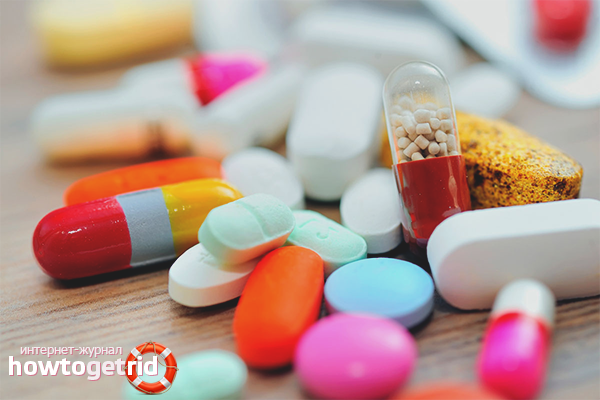
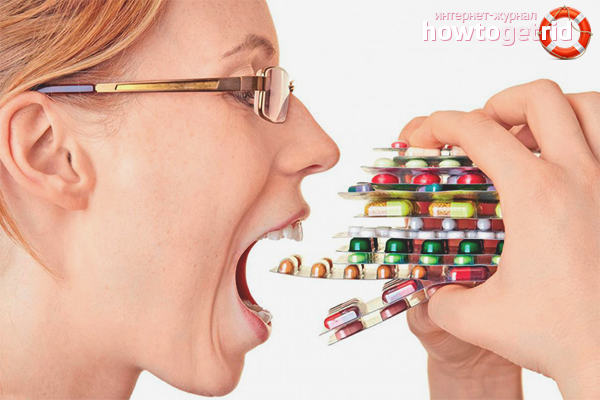
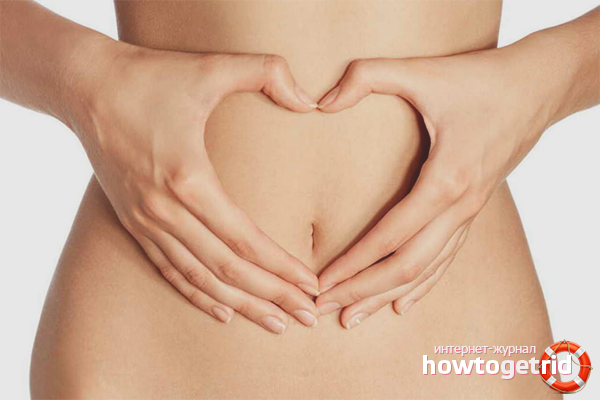

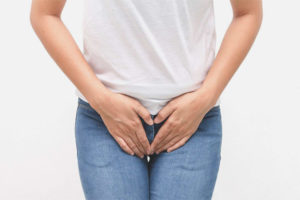
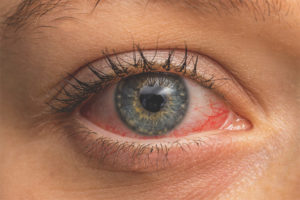

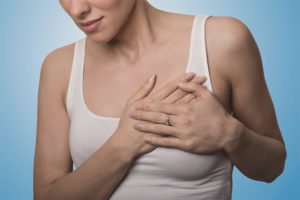
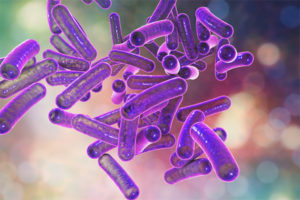
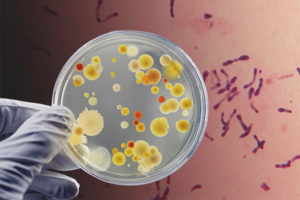

Submit